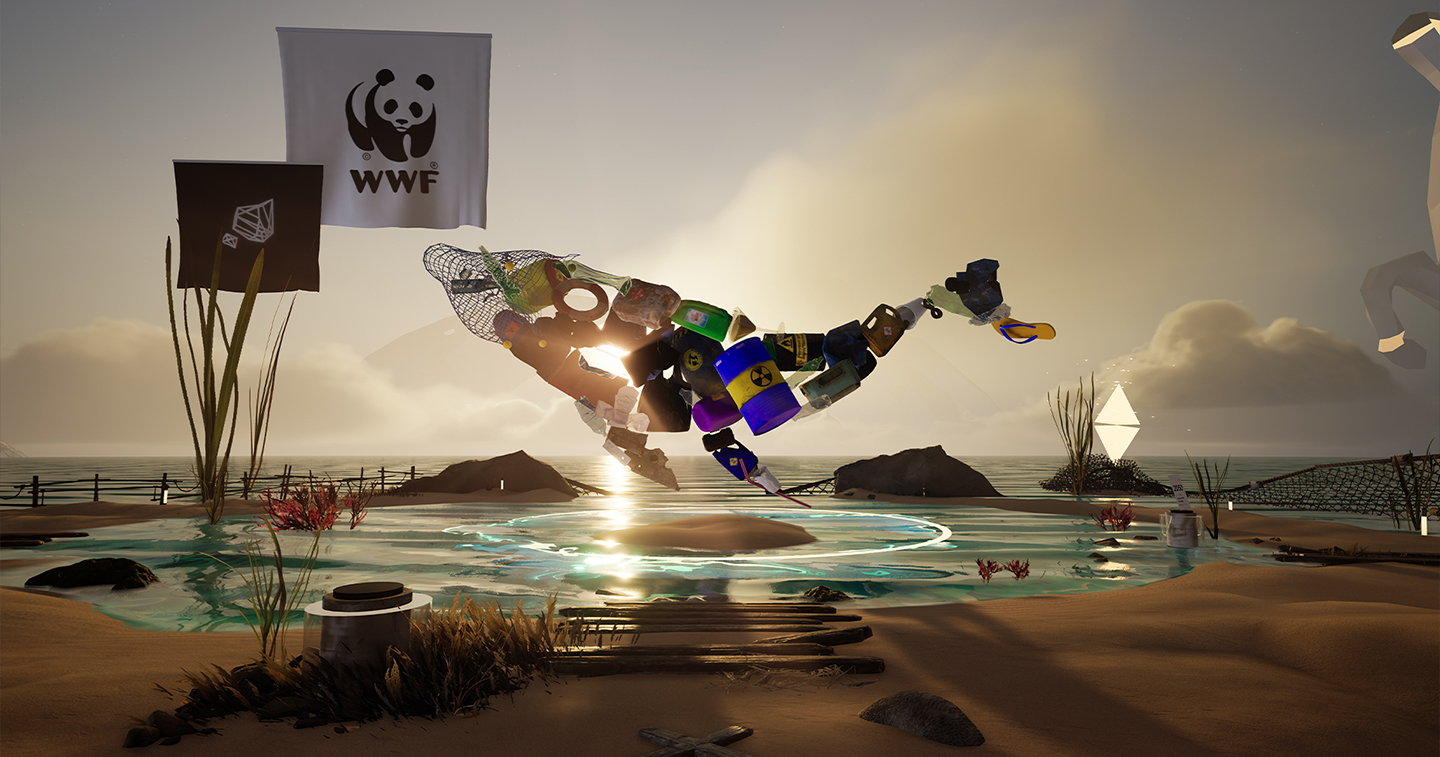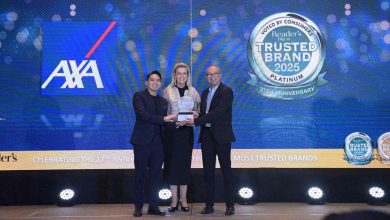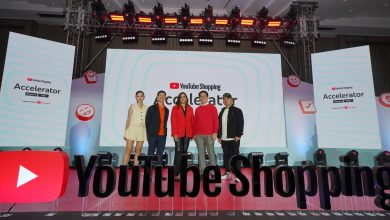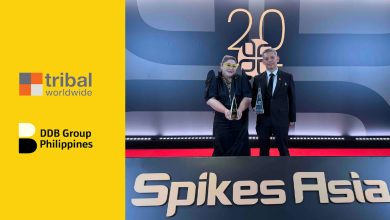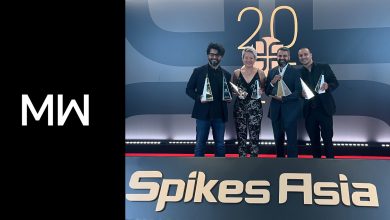BERLIN, GERMANY — With #OceanDetox, WWF Germany and virtual world Savespecies are opening the first exhibition space for a good cause in the metaverse on World Cleanup Day. The exhibition raises awareness for the global plastic waste crisis and generates direct support for environmental protection by letting users move around the virtual world created by the Savespecies artists. The centerpiece of the exhibition is an anamorphic whale composed of 50 floating plastic waste objects. These detailed objects can be purchased as digital art. One focal point of the global plastic crisis is Southeast Asia, which is why the digital art sale supports, for example, the work of the WWF to combat the real plastic flood in Vietnam.
Last year, WWF Germany already set new milestones in the digital space with the multi-award-winning “Non-Fungible Animals” campaign wherein NFTs designed by artists using resource-saving blockchain technology was used to raise awareness for species conservation and generate proceeds for WWF‘s species conservation projects. Now, together with Savespecies and the technology company Journee, WWF is taking the next step and bringing art and environmental protection together in the virtual space of the metaverse.
WWF warns of a threatening worsening of the rubbish crisis as up to 23 million tonnes of plastic rubbish from land ends up in the world’s waters every year, which corresponds to about two truckloads per minute. Animals get caught in this waste, for example in old fishing nets, or mistake it for food and often die in agony. It is estimated that 90 percent of seabirds and half of all sea turtles already swallow plastic parts given the fact that plastic waste decomposes over the years into smaller and smaller microplastic particles that can no longer be removed from the ocean, and eventually accumulate in the food chain.
“Environmental protection needs attention and energy, and we are breaking new ground to achieve this. We want to raise awareness for global ecological crises such as the plastic flood and the extinction of species, and we are also relying on digital innovation. With this campaign, we are building a bridge between virtual space and nature conservation work,” said Heike Vesper, Head of Transformation at WWF Germany. Following #Oceandetox, the expansion of new habitats with further exhibitions of digital art objects for environmental protection are planned.
Savespecies Artist Etienne Kiefer, who is also the idea generator behind the project, added: “With the opening of #OceanDetox, we want to show the urgency of the plastic crisis and at the same time actively contribute to fighting it. Our virtual exhibition space will continue to grow and support species protection in the future – as a digital Noah’s Ark, so to speak.”
Partner agency Publicis Groupe Germany Chief Creative Officer Dennis May also voiced out his eagerness to work on the project: “We are delighted to be working with WWF on this project that breaks new ground in raising awareness and funds for important issues. A cooperation of different partners leads to a new experience – for the users, but also for us as a team. We were able to contribute with various competences and agencies of our group and furthermore work together with such great artists and experts as for example Etienne Kiefer.”
As part of the joint project, several agencies of Publicis Groupe Germany combined their excellence in the spirit of The Power of One. Digitas Pixelpark was responsible for the conception, implementation, and website development; Publicis Media organized advertising space on TV, digital, and print; MSL supported with strategic campaign messaging as well as PR, media relations and networking with influencers and opinion leaders.
The official launch of the first exhibition in the metaverse began on September 17, 2022. For more information please visit www.saveyour.world.

